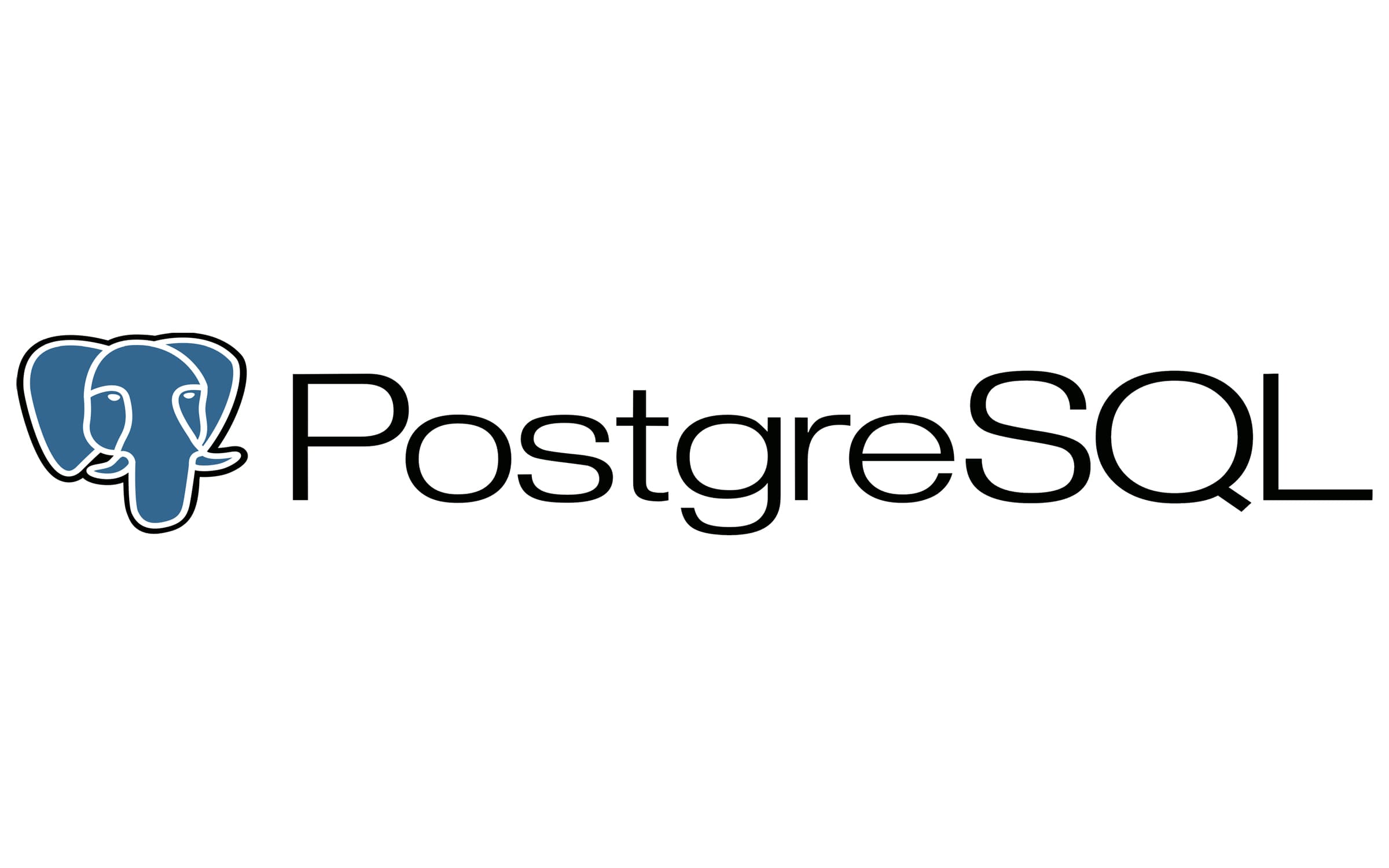PostgreSQL Unleashed: A Deep Dive into the World of Open-Source Relational Databases
 Cafer Kara
Cafer Kara
PostgreSQL, often affectionately referred to as "Postgres," stands as a powerful and open-source relational database management system (RDBMS). It has gained widespread popularity due to its robust features, extensibility, and commitment to standards compliance. This article delves into the key aspects of PostgreSQL, exploring its history, architecture, notable features, and why it remains a preferred choice for many developers and enterprises.
A Brief History:
PostgreSQL traces its roots back to the POSTGRES project initiated at the University of California, Berkeley, in the mid-1980s. Over the years, the database has evolved into PostgreSQL, with its first official release in 1996. Since then, a vibrant open-source community has continued to contribute to its development, making it a feature-rich and reliable database solution.
Architecture:
PostgreSQL follows a client-server model, where clients can connect to a server to interact with the database. The server processes each request using a multi-process architecture, employing a combination of background processes, shared memory, and disk storage. Notable background processes include the autovacuum process, which helps maintain the database by reclaiming storage space and optimizing performance.
Key Features:
Extensibility: PostgreSQL's extensibility sets it apart from other RDBMS. Developers can define custom data types, operators, and functions, allowing for unparalleled flexibility in data modeling. This extensibility makes it an ideal choice for diverse application requirements.
ACID Compliance: PostgreSQL adheres to the ACID (Atomicity, Consistency, Isolation, Durability) principles, ensuring data integrity and reliability. Transactions are processed in a manner that guarantees the database's consistency even in the face of system failures.
Advanced Indexing: With support for various index types, including B-tree, Hash, and GIN (Generalized Inverted Index), PostgreSQL excels in optimizing query performance. This ensures efficient data retrieval even in large and complex datasets.
Full Text Search: PostgreSQL provides powerful full-text search capabilities through its integrated search engine. This feature is essential for applications requiring advanced search functionalities, such as content management systems and e-commerce platforms.
JSON Support: In response to the growing popularity of NoSQL databases, PostgreSQL introduced native support for JSON data types. This allows developers to work seamlessly with both structured and unstructured data within the same database.
Concurrency Control: PostgreSQL employs a multi-version concurrency control (MVCC) mechanism, enabling multiple transactions to occur simultaneously without compromising data consistency. This is crucial for applications with high concurrency requirements.
Community and Ecosystem:
The PostgreSQL community plays a pivotal role in the database's success. Regular updates, bug fixes, and feature enhancements are driven by an active and engaged community of developers, database administrators, and users. The availability of a vast ecosystem of extensions, tools, and libraries further enhances PostgreSQL's appeal, making it adaptable to a wide range of use cases.
Conclusion:
PostgreSQL stands as a testament to the strength of open-source collaboration and innovation. Its feature-rich nature, commitment to standards, and extensibility make it a top choice for developers seeking a reliable, scalable, and versatile relational database management system. As technology continues to evolve, PostgreSQL remains at the forefront, ensuring that it can meet the demands of modern applications and provide a solid foundation for data management.
Subscribe to my newsletter
Read articles from Cafer Kara directly inside your inbox. Subscribe to the newsletter, and don't miss out.
Written by
